-
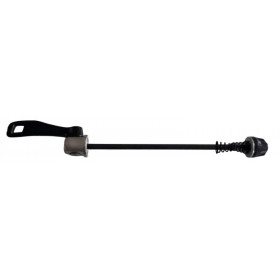 New product -50%Rear wheel quick release Shimano 163 mm
New product -50%Rear wheel quick release Shimano 163 mm- €7.50
- €14.99
-
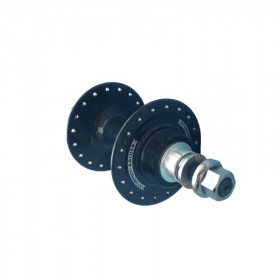 New productRear hub flip flop Sturmey Archer black 36 holes axle 9 mm single speed
New productRear hub flip flop Sturmey Archer black 36 holes axle 9 mm single speed- €29.99
-
 New productFront hub Sturmey Archer black 36 holes axle 9 mm
New productFront hub Sturmey Archer black 36 holes axle 9 mm- €22.99
-
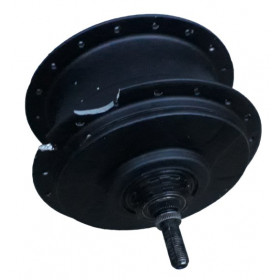 UsedEnviolo hub for parts
UsedEnviolo hub for parts- €39.99
-
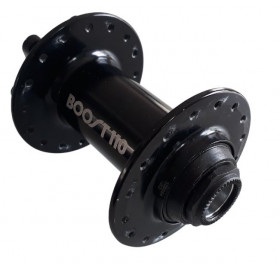 UsedFront hub Boost 32 holes 110 mm 15 mm
UsedFront hub Boost 32 holes 110 mm 15 mm- €22.99
-
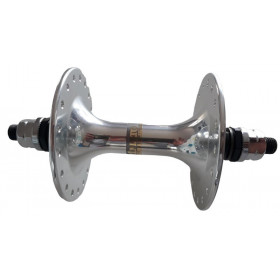 New product -50%Track front hub Miche Primato 36 holes axle 9 mm
New product -50%Track front hub Miche Primato 36 holes axle 9 mm- €35.00
- €69.99
-
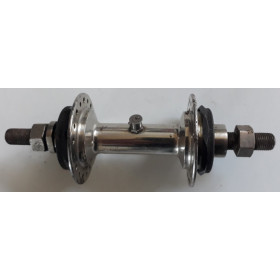 New productDCA Luxe front hub
New productDCA Luxe front hub- €11.99
-
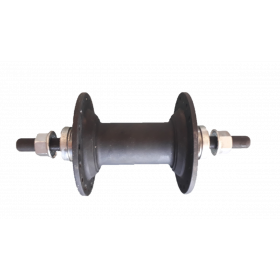 New product UsedFixie bike front hub 36 holes
New product UsedFixie bike front hub 36 holes- €8.99
-
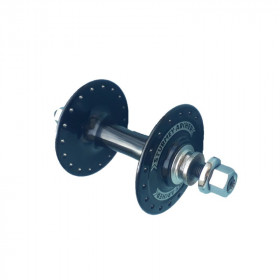 New productFront hub Sturmey Archer black 32 holes axle 9 mm
New productFront hub Sturmey Archer black 32 holes axle 9 mm- €22.99
-
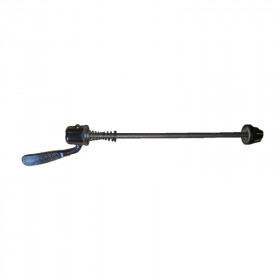 UsedSovos quick release 165 mm
UsedSovos quick release 165 mm- €3.09
-
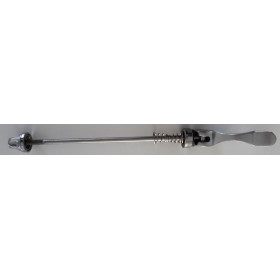 UsedQuick release for wheel 155 mm
UsedQuick release for wheel 155 mm- €3.09
Showing 1-11 of 11 item(s)
When it comes to mountain biking, downhill riding is one of the most exhilarating and adrenaline-pumping disciplines. To ensure a safe and enjoyable experience, having the right equipment, particularly your wheels, is crucial. This article will delve into the characteristics, recommendations, and advice for choosing the best mountain bike downhill wheels.
Characteristics of Mountain bike Downhill wheels:
1. Material:
Most downhill wheels are made from aluminum or carbon fiber. Aluminum wheels are durable, affordable, and can handle a lot of abuse. Carbon fiber wheels are lighter, stiffer, and more responsive, but they come at a higher price point.
2. Rim Width:
A wider rim provides increased tire volume, which results in better traction, improved impact resistance, and a smoother ride. For downhill riding, look for rims that are 35mm or wider.
3. Hub Construction:
Downhill wheels often feature reinforced hubs to handle the intense forces encountered during downhill racing. Look for models with angled or radial spoke lacing, as these provide a stronger wheel.
4. Spokes:
Downhill wheels typically have more spokes (between 32 and 36) for increased durability and strength. The spokes are usually made from stainless steel to resist corrosion.
Recommendations for mountain bike downhill wheels:
1. Wheel Size:
For downhill riding, 27.5" or 29" wheels are the most common choices. 29" wheels offer more speed and roll over obstacles easier, while 27.5" wheels provide better maneuverability in tight sections of the trail.
2. Tire Choice:
Downhill tires are typically wide (2.35-2.6") with aggressive tread patterns for superior traction on loose and rocky terrain. Choose a tire that suits your riding style, local trails, and weather conditions.
Advices for MTB DH wheels:
1. Weight vs. Durability:
When choosing downhill wheels, consider the balance between weight and durability. While lighter wheels can provide a performance advantage, they may not be as durable as heavier options. A more durable wheel is less likely to suffer damage from crashes or impacts.
2. Maintain Your Wheels:
Regular maintenance is essential for keeping your downhill wheels in top condition. Inspect your wheels after every ride for signs of wear, and perform routine maintenance such as truing the wheels and re-tensioning spokes when necessary.
3. Test Ride:
Whenever possible, test ride different wheel options before making a purchase. Test rides will allow you to evaluate the feel, performance, and durability of various wheel models.
In conclusion, downhill riding requires robust wheels that can handle high speeds, intense forces, and rough terrain. By understanding the characteristics, recommendations, and advice provided in this article, you'll be well-equipped to choose the best mountain bike downhill wheels for your next adrenaline-fueled adventure.
